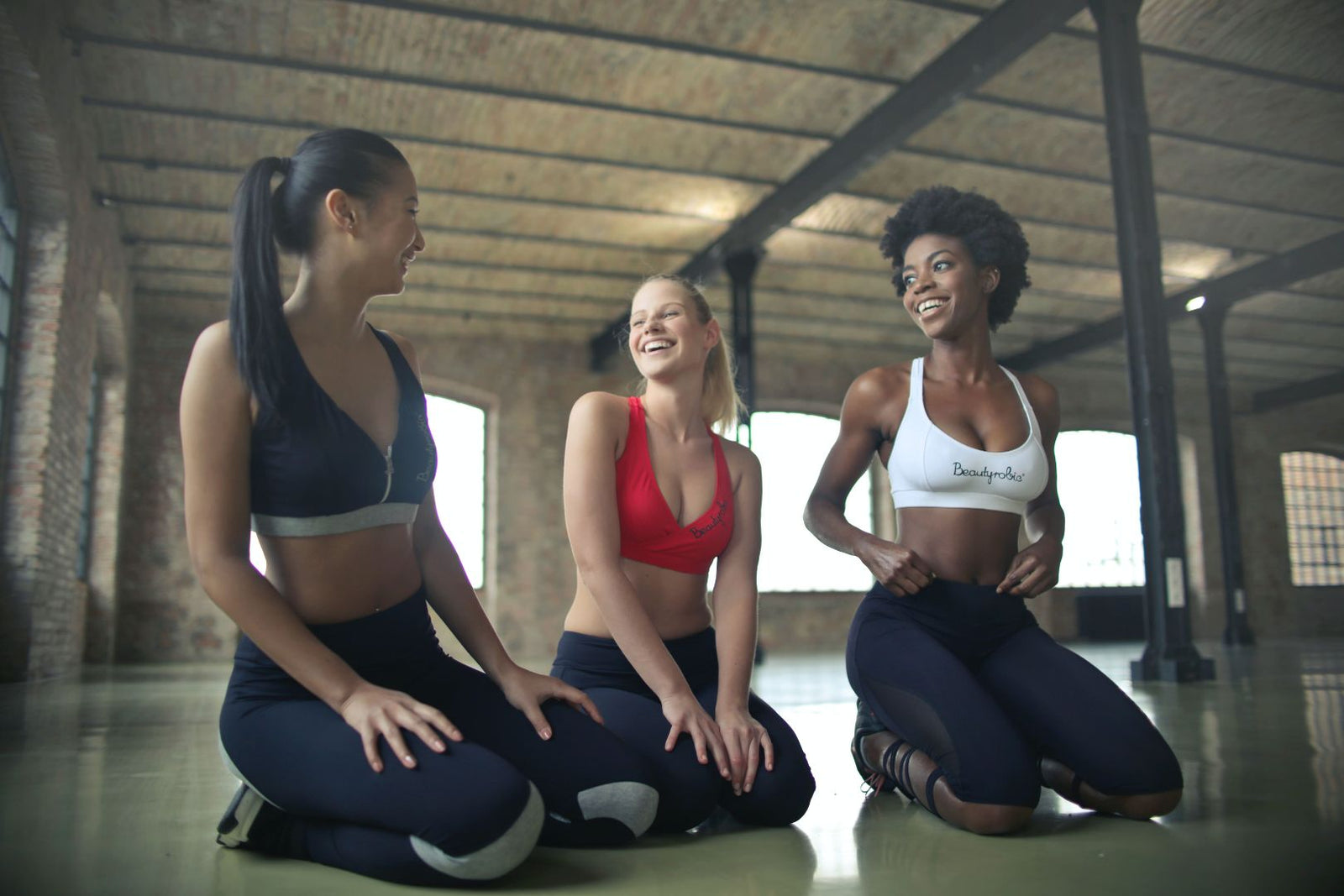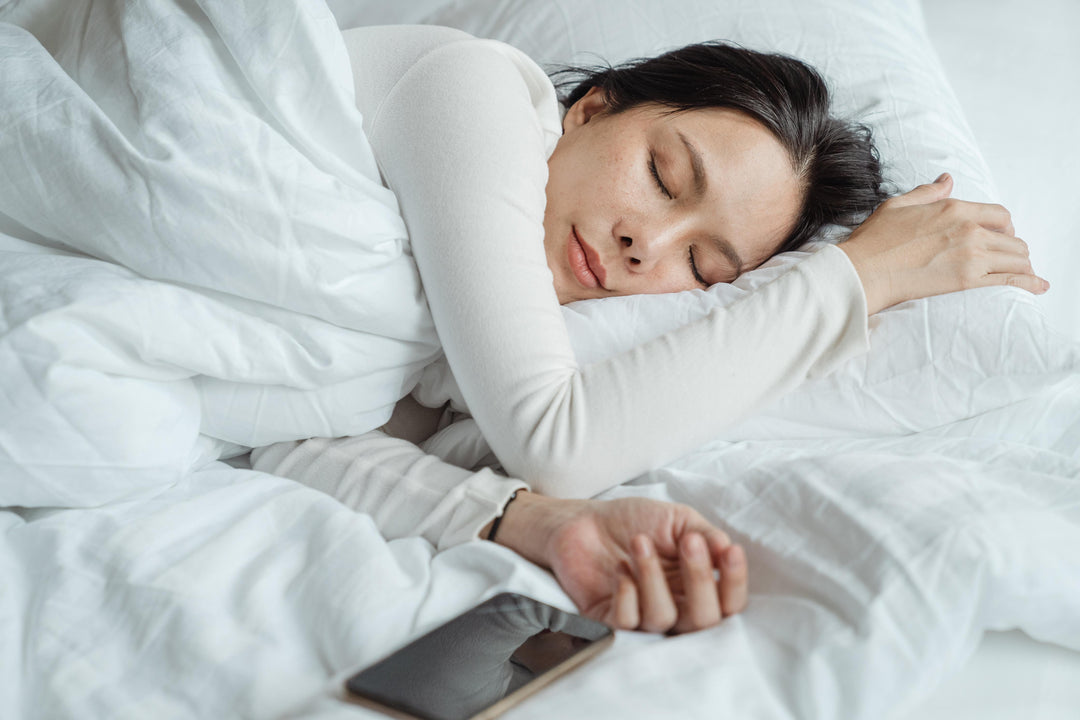Exercise during menstruation

Sometimes exercise is the last thing you want to do when you're on your period, but there are many reasons why you should do it. By sticking to your usual exercise routine you can, for example, reduce both period pains and mood swings. The physical and mental benefits of exercise don't stop just because you're having your period.
In order to feel comfortable and secure when working out on your period, you can use a menstrual cup when exercising. It's a soft menstrual hygiene product that's easy to use and comfortable, and doesn't need to be emptied until after 12 hours. You can also go swimming with a cup.
Benefits of exercising during your period
Exercising during your period can relieve many of the discomforts that can occur during menstruation. Some of these are:- Menstrual pain
- Swollen feeling in the body
- Mood swings
- Irritation
- Tiredness
- Melancholy
Exercise can increase the production of endorphins ("feel-good hormones") and reduce anxiety, depression and pain, improving your mood.
General physical fitness is important for health and can reduce the risk of obesity, high blood pressure and other diseases such as heart attacks and strokes.
Types of exercise during menstruation
Exercise doesn't have to be strenuous or occur every day to get results, and of course it doesn't have to mean lifting heavy weights in a gym. Exercise can mean a long walk, yoga, stretching or dancing. By creating a routine of regular activity, no matter where you are in your menstrual cycle, menstrual symptoms can be reduced.A plus is that mental health is also improved with exercise. Remember, you never regret a workout!
Procyclical exercise
A good way to get the most out of your training is to go for procyclical training, i.e. to plan your exercise according to your menstrual cycle.
The cyclical variation of sex hormones (the menstrual cycle) that occurs in women every month provides basic physiological conditions that affect both training and performance. A menstrual cycle is approximately 28 days and ovulation occurs around day 14. However, both the length of the cycle, and when ovulation occurs can vary from woman to woman. Adapting your training to the menstrual cycle, and the varying hormone levels, will have an impact on the outcome of your training. Research has shown that women who strength train during the first two weeks of the menstrual cycle experience the training as more positive and more effective than when they trained during the two weeks after ovulation. Adapting your training schedule to your biological conditions can therefore lead to more effective strength training and long-term health benefits.
Iron intake during menstruation
Iron is found in the body as hemoglobin, among other things, and is needed to make red blood cells. It is what gives blood its characteristic red colour and its role is to bind and transport oxygen to different parts of the body, such as the muscles. The more oxygen the muscles get, the more they are able to do. The iron that is already in the body is largely reused, but iron deficiency can lead to poor oxygenation, which can lead to reduced performance, dizziness, fatigue, etc. When you have your period, your iron levels can drop due to your body getting rid of the mucus membrane, i.e. menstruation. Therefore, you need to consume more iron when you have your period, especially if it is a heavy period. The same applies if you want to be able to exercise and keep up the pace during your period.
Iron is found in many foods, including:
- Green plants such as spinach, kale and broccoli
- Whole grain products
- Legumes
- Meat, fish and chicken
- Dried fruit




 EUR
EUR



Hinterlassen Sie einen Kommentar